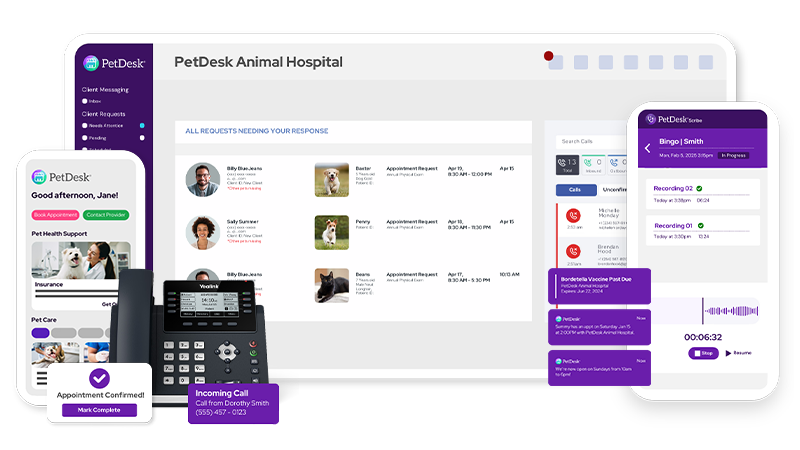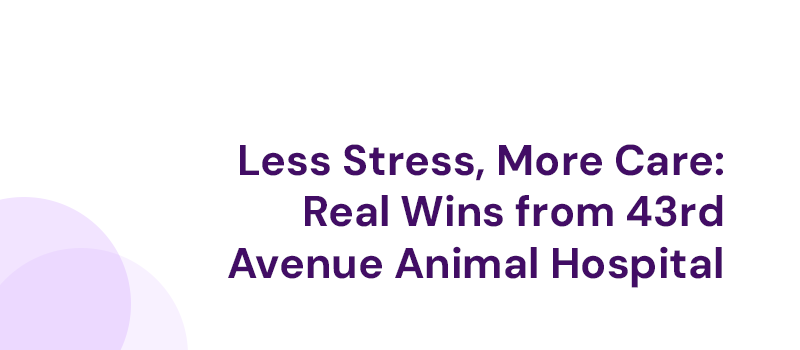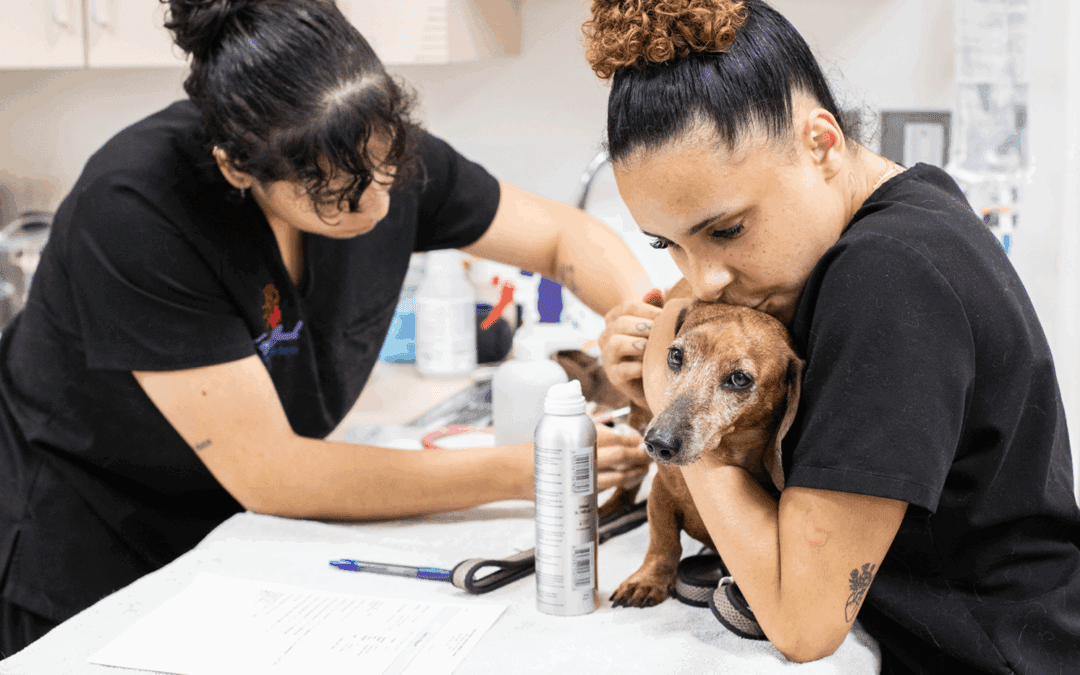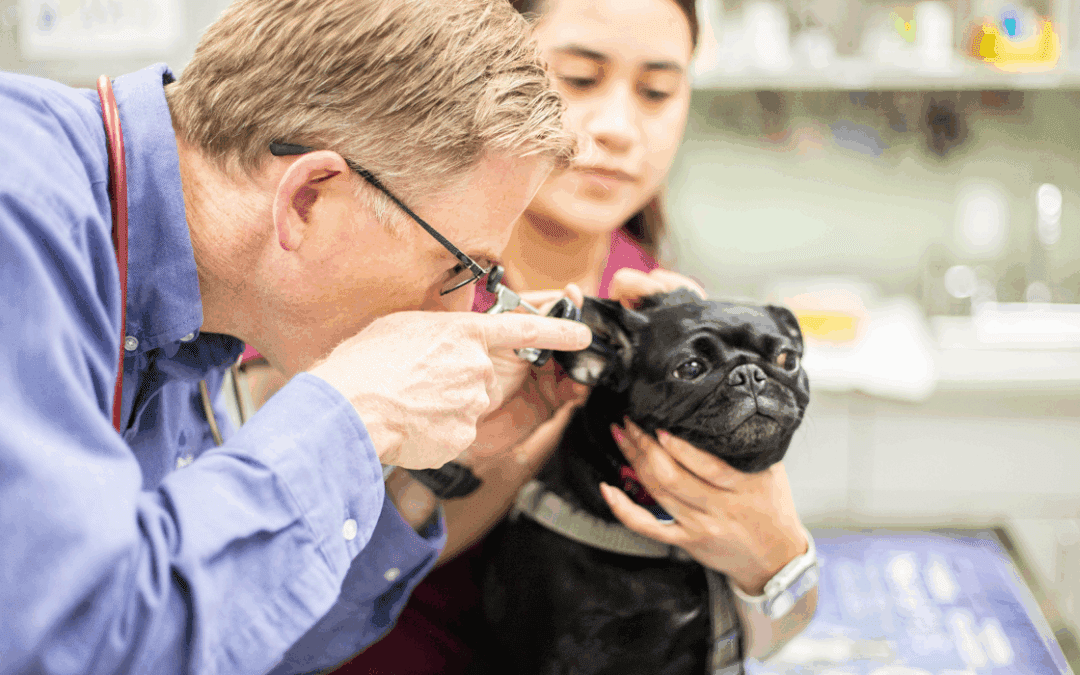What is VoIP?
In a nutshell, Voice over Internet Protocol, or VoIP, is a technology that allows you to make and receive phone calls over the Internet.
It works by converting your voice into a large number of digital signals transmitted over the internet to the person you are calling at a very high speed. Those digital signals are then converted back into sound on the other end, allowing you to have a conversation just like you would on a regular phone call.
This technology has been around for decades but has become increasingly popular in recent years as more people work remotely and rely on digital communication. This technology comes a very high degree of flexibility, making it very user-friendly and adaptable to specific business needs.
A brief history of VoIP
VoIP would not exist today without three major inventions: the telephone, the Internet, and perhaps, most crucially, Internet Protocol (IP). VoIP technology has roots in the 70s when the first IP networks were being developed — originally by the Advanced Research Projects Agency Network (ARPANET). This was a rudimentary computer network founded by the US Department of Defence. It was used primarily to provide communications between the Department and the US Military. However, it wasn’t until the 90s that VoIP technology became widely available to the public.
In 1995, VocalTec — a company founded by Israeli entrepreneurs — pioneered the first commercial internet phone. This software allowed users to make phone calls over the internet using their computers and using the VocalTec software.
Ever since, the VoIP technology has continued to evolve — in the 2000s, VoIP services became more available and accessible to the general public. Today, VoIP is the most popular alternative to traditional phone lines, especially for business use.
Types of VoIP services
- Internet phone service: This type of VoIP service allows users to make phone calls using their internet connection and a VoIP app or adapter.
- Virtual phone system: A virtual phone system is a cloud-based service that provides users with a virtual phone number and allows them to make and receive calls from anywhere.
- Unified communications: Unified communications (UC) is a type of VoIP service that combines various communication methods (such as voice, video, and instant messaging) into a single platform.
See what PetDesk makes possible
Our solutions are designed to tackle your clinic’s specific challenges.
Set up time with a PetDesk expert to see for yourself!
Pros & Cons of VoIP
There are multiple benefits to switching to VoIP, including:
- Cost savings: This is a big one! VoIP is, on the whole, much cheaper than traditional phone providers (some locations report up to 60% in savings after making the switch)
- Flexibility: Another big one. VoIP allows users to make and receive calls from anywhere as long as there’s an internet connection, making it an ideal solution for businesses with remote employees or clients.
- Simplicity: The cost of initial deployment in terms of both money and time is a big advantage — it doesn’t require any new line installations, and if you already happen to have hardware (phones) that is built for VoiP protocols, it can be as easy as “plug in and go.” If you don’t, however, you will incur an initial cost of new phone devices. Think of them as an investment, as they will more than pay for themselves in a very short time, given the overall savings that come with switching to a VoIP system.
- Remote Capabilities: Since the whole data transfer occurs over the internet, many remote options are available. Imagine being on the road, making a house call, or working remotely — you can have a “carbon copy” of your work extension on your mobile device, allowing you to answer work-related phone calls wherever you are.
- Advanced features: Many VoIP providers offer advanced features such as call forwarding, voicemail, phone trees, and virtual meetings, which can be useful for businesses. PetDesk Phones, for example, has specialized their product for the Veterinary industry — meaning all current features and development of new ones take a veterinary perspective as a starting point.
However, as with everything, there is one potential drawback to consider:
VoIP fully relies on the internet connection to function properly. If the internet connection is lost, calls cannot be made or received, and if the internet connection is weak, it will reflect on the quality of your service. In other words, your VoIP is only as good as your internet connection is. This is an important thing to keep in mind, and if you are aware that your internet reception is problematic, this may not be the ideal solution for you. However, given how good internet connectivity is today, in our experience, this is rarely an issue.
How to get started with VoIP at your veterinary clinic
Getting started with VoIP is easy. Here is how it usually works:
- Choose a VoIP provider: Research different providers and compare their features and pricing to find the best fit for your needs. (If you happen to be in the veterinary industry, we hope that by now, it’s a no-brainer)
- Set up your account: Follow the provider’s instructions to set up your account and configure your device(s). (If you are in the vet industry and wish to make the switch to PetDesk Phones, we will do this for you from start to finish.)
- Test your connection: Make a few test calls to ensure your VoIP system works properly.
- Start using VoIP!
Looking for an option specific to the veterinary industry? Enter PetDesk Phones!
Meet PetDesk Phones – Smart VoIP for Veterinary Clinics
PetDesk Phones the most comprehensive veterinary-specific PIMS-integrated phone system available on the market. PetDesk connects your phone system to your practice management software to extract important client and pet information automatically. No more wondering who’s calling or who their pets are. You already know. You’ll also know the pet’s gender, species and spay or neuter status, last and next appointment, if any, and many more data points of your choosing. Armed with all this info upfront, imagine how drastically you can reduce the duration of every call.
VoIP for Veterinary Clinics FAQs
Q. What is VoIP and how does it work?
A. VoIP, or Voice over Internet Protocol, is a technology that enables users to make and receive phone calls over the Internet. It works by converting voice into digital signals, transmitting them over the internet, and then converting them back into sound at the receiving end.
Q. What is the history of VoIP technology?
A. VoIP technology has roots dating back to the 1970s when the first IP networks were developed. However, it wasn’t until the 1990s that VoIP became widely available to the public, with VocalTec pioneering the first commercial internet phone in 1995.
Q. What are the different types of VoIP services available?
A. VoIP services include internet phone service, virtual phone systems, and unified communications. Internet phone service allows calls using an internet connection, virtual phone systems provide cloud-based phone numbers, and unified communications combine various communication methods into a single platform.
Q. What are the pros and cons of using VoIP?
A. Pros include cost savings, flexibility to make and receive calls from anywhere with an internet connection, simplicity of deployment, remote capabilities, and advanced features. However, VoIP relies entirely on internet connectivity, so a stable connection is crucial for uninterrupted service.
Q. How can a veterinary clinic get started with VoIP?
A. To get started with VoIP, a veterinary clinic can research different providers, set up an account, configure devices, test the connection, and then start using the service. PetDesk Phones offers a tailored VoIP solution specifically for veterinary clinics, integrating seamlessly with practice management software.
Q. What makes PetDesk Phones unique for veterinary clinics?
A. PetDesk Phones offers a comprehensive PIMS-integrated phone system tailored for veterinary clinics. It connects phone systems to practice management software, providing real-time client and pet information, integrated SMS capabilities, and efficient team communication features.
Q. How does PetDesk Phones improve efficiency for veterinary clinics?
A. PetDesk Phones streamlines operations by providing instant access to client and pet information, reducing call duration, improving team performance through call opportunity analysis, and offering customizable solutions to accommodate various clinic needs.
See the power of PetDesk for yourself—for free
Save time and grow your business with an AI-transcription platform, custom websites and digital marketing, 24/7 error-free booking, a PIMS-VoIP phone system, plus a client engagement platform with a mobile app.









